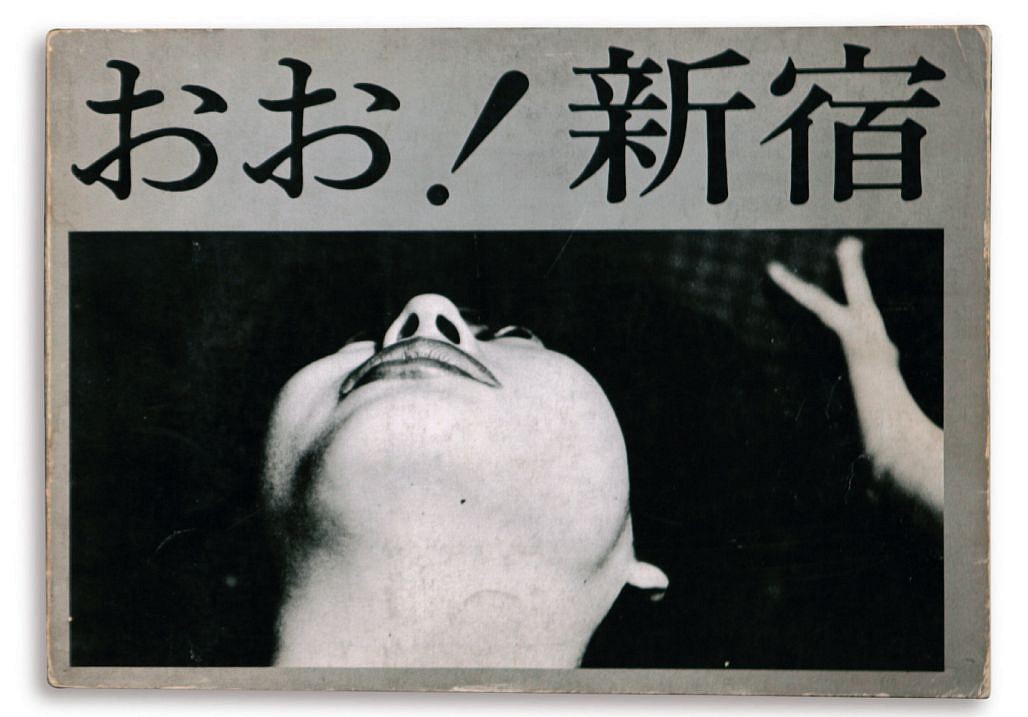PRESS RELEASE

the provoke era: japanese postwar photography books
What sort of photographer chooses a stray dog as his emblem? What sadness, or overwhelming sense of defeat, would make him identify with such a forsaken beast? These and other questions arise when one looks at Daido Moriyama’s iconic image Stray Dog (1971). And though the Japanese photographer doesn’t spell out an answer, his blotchy, abrasive, and decidedly un-pretty shot eloquently expresses a disturbed state of mind.
We are looking at the work of an outsider, someone who feels excluded from society, and—observe the blurred glint in the dog’s eyes—is willing to rebel.
Remarkably, for such a strange photograph, Stray Dog seemed to capture a wider social mood. Moriyama shot it at a time when the people of Japan, especially the youth, were pained by their country’s cultural and military subservience to the United States. Those frustrations—directed at the U.S., but also spurred by a general disillusionment with untethered consumerist development—were realized at the student protests in 1968. They simultaneously found manifestation in an artistic expression in Provoke!—a short-lived but freakishly important magazine of photography founded that year.
The Provoke! photographers—who included Daido Moriyama, Takuma Nakahira, Yutaka Takanashi, and Koji Taki—developed a grainy, blurry, and out-of-focus style (are-bure-boke) that formally embodied their cultural disorientation. Their shots suggested that society had no cogent messages, only buzzing static. It’s a feeling that resonated with many subsequent Japanese artists. The contemporary photographer Daisuke Yakota recently said that Moriyama taught his generation “optical experiences... which is something more than just influence.”
Politics, or a sort of social commitment, was crucial to Provoke! photographers. But great art has a way of escaping the contingencies of its creation. Even today, in our image-satiated word, their work is an assault on the senses. It touches—some might say violates—those hidden pits of the psyche where urban loneliness and anxiety lie buried.
This unsettling lucidity also owes to presentation. The photography we associate with Provoke! circulated in an underground economy of small zines, photo-books, and journals. Far from resembling catalogs, these publications mix photo and text in thoughtful, insightful ways. Indeed, the design expresses as much as the content.
Zucker Art Books Provoke! Collection brings together 31 books produced in the 1960s, 70s, and 80s by extraordinary Japanese photographers. A time capsule for a disturbing era, it speaks, and speaks urgently, to our present moment.
Ratik Asokan


